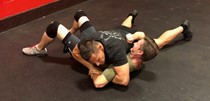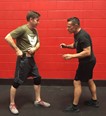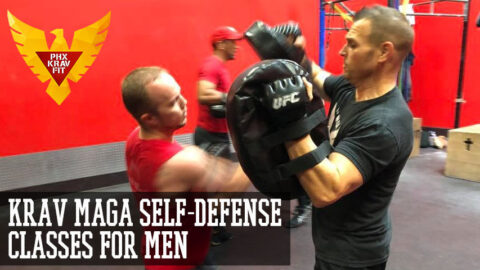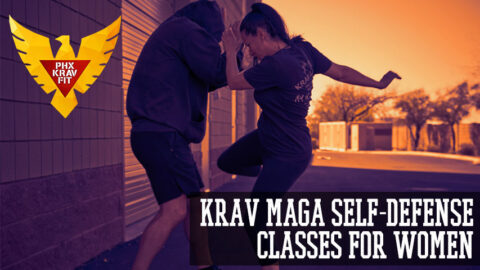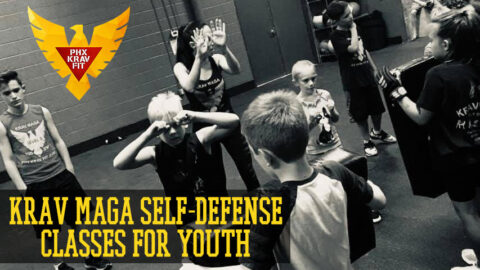Defense With The Kimura Arm Control
I want to teach you a very common move you might see in MMA fights or grappling martial arts schools. But instead of seeing it for a couple seconds in a match on TV, and wondering how they did that, or having to pay hundreds of dollars and take months of training at a local school, I wanted to break it down for you right here.
The most common name is formally known as “Kimura”. In Japanese, kimura means “tree village”, which could relate to manipulating the arm or “branch” of a person’s body. I could take an hour, dozens of steps and details to explain it, but I will try to break it down to a couple of components. More importantly, I want to show the versatility of the move, where it can be applied to not only ground scenarios, but also altercations where both people are standing, and even if weapons come into play. The same steps will be applied no mater which position you’re in.
The basic three steps are to secure the wrist, wrap around their arm and secure your hand on your own wrist. Depending on what position or situation you are applying it from may contain other details relating to your posture and other body part movements, but those basic three steps will get you moving in the right direction.
I’ll use the standing position first, in order to explain the steps visually through the photos, but then use the ending or conclusion picture to show how versatile it is especially on the ground.
The first step is to grab the person’s wrist, and if the arm is not already pointed down, you can move it that way. After grabbing the wrist, you wrap your arm up and around the shoulder area of the opponent. The last two finishing moves are to grab your own wrist to create a lock and then actually manipulate their arm behind their back. When practicing this, be very careful as the elbow and shoulder joint are in a very vulnerable position.
As stated before, this move can be applied by virtually the same steps, but in different positions and scenarios. As you can see by the pictures, I show the kimura being applied in the “guard” position, as well as from the top position of cross side. For additional functional applications, you can use it if a person is reaching for a gun. The same steps apply, such as grapping the wrist, wrapping around the arm, grabbing your own wrist and manipulating to increase pressure. This is a strong technique, which gives great leverage to even smaller practitioners, so make sure it is in your arsenal.






